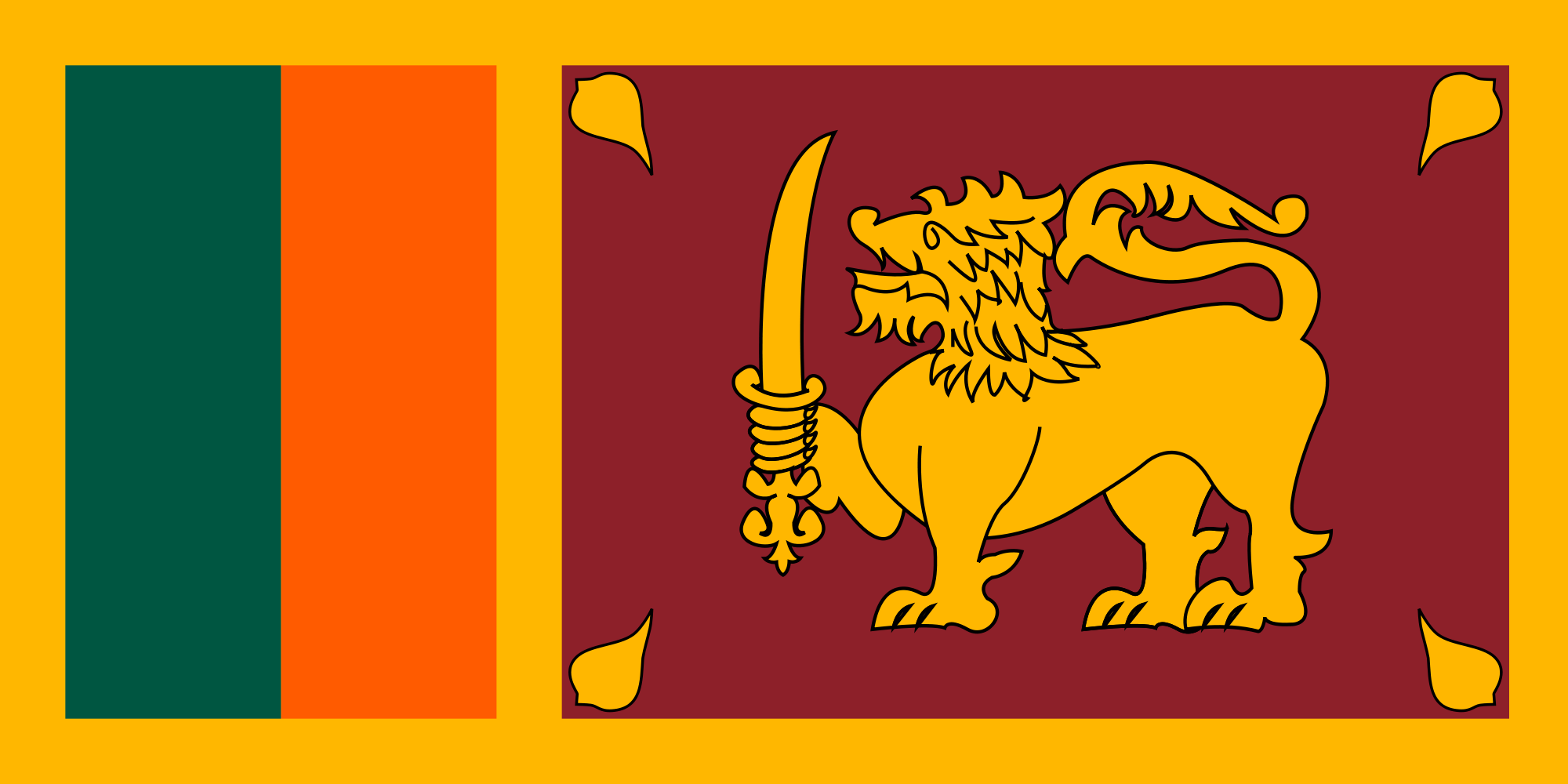
Key Economic Indicators of Sri Lanka

COUNTRY PROFILE
GEOGRAPHY
DEMOGRAPHY
ECONOMY
ECONOMIC OVERVIEW
(7).jpg) |
(4).jpg) |
The growth of the Sri Lankan economy moderated in the first half of the year amidst challenges emanating mainly in the domestic front, including the spillover effects of the Easter Sunday attacks. Accordingly, the economy grew at a slower pace of 2.6 per cent in real terms in the first half of 2019, compared to 3.9 per cent recorded in the corresponding period in 2018. The Central Bank continued to conduct monetary policy in a forward looking manner within an enhanced monetary policy framework aimed at stabilising inflation in mid-single digit levels, while progressing rapidly towards transitioning to full-fledged Flexible Inflation Targeting (FIT). In the meantime, the external sector remained resilient amidst the setback in the tourism sector following the Easter Sunday attacks. The trade deficit contracted significantly during the first eight months of 2019 in comparison to the corresponding period of 2018, with lower import expenditure and increased earnings from exports. The contraction of the trade deficit and healthy inflows to the services account helped record a surplus in the current account in the first quarter of the year, although a notable moderation in tourism earnings and workers’ remittances in the second quarter caused a marginal deficit in the current account in the first half of the year. Meanwhile, the financial account improved, particularly with the issuance of International Sovereign Bonds (ISBs). With these developments, gross official reserves increased to US dollars 7.6 billion by end September 2019 from US dollars 6.9 billion at end 2018 and the Sri Lankan rupee has appreciated against the US dollar thus far during the year.
Central Bank of Sri Lanka, Recent Economic Developments: Highlights of 2019 and Prospects for 2020
Key Economic Indicators of Lebanon
COUNTRY PROFILE

GEOGRAPHY
DEMOGRAPHY
ECONOMY
|
LEBANON’S MAIN ECONOMIC INDICATORS |
|
OUTPUT AND PRICES (2019) 1 |
|
|
GDP |
USD 58.56 Billion |
|
GDP/Capita |
USD 9,655 |
|
Real GDP Growth |
0.2% |
|
Average Inflation Rate |
3.1% |
|
GDP COMPOSITION BY SECTOR (2018) 2 |
|
|
Agriculture, Forestry, and Fishing |
3.2% |
|
Mining and Quarrying |
0.4% |
|
Manufacturing |
7.6% |
|
Utilities (Electricity and Water) |
2.4% |
|
Construction |
3.8% |
|
Wholesale and Retail Trade, Repair of Vehicles |
12.9% |
|
Real Estate |
15.2% |
|
Information and Communication |
2.1% |
|
Transportation |
2.9% |
|
Hotels and Restaurants |
3.1% |
|
Financial Services |
8.5% |
|
Professional Services |
4.1% |
|
Administrative Services |
2.6% |
|
Public Administration |
11.4% |
|
Education |
7.4% |
|
Health and Social Care |
3.7% |
|
Personal & Community Services |
2.9% |
|
FISCAL PERFORMANCE 3 |
|
|
Gross Public Debt (as of October 2019) |
151% of GDP |
|
Fiscal Deficit (as of October 2019) |
USD -6,066 million |
|
Corporate Tax Rate (2019) |
17% |
|
FINANCIAL PERFORMANCE |
|
|
Domestic Credit to Private Sector (end of 2018) 4 |
109.4% of GDP |
|
Liquidity Ratio (2018) 5 |
6.1% |
|
Non-resident Capital Inflows (2018) 6 |
USD 7 billion |
|
EXTERNAL SECTOR |
|
|
Foreign Direct Investment (FDI) (2018) 7 |
USD 2.88 billion |
|
Current Account Balance (2019) 1 |
USD -15.45 billion |
Source: 1International Monetary Fund (IMF), 2Central Administration of Statistics (CAS),
3Ministry of Finance, 4Central Bank of Lebanon and IMF, 5IMF, Article IV 2019, 6Byblos Bank, 7UNCTAD
TRADE PERFORMANCE
Lebanon serves as an entry point to the regional market through its liberal trade regime with an export-oriented economic strategy. Local companies looking to expand their exports can tap into a market of around 900 million people capitalizing on Lebanon’s low tariff rates which range between 0 and 5 for around 75% of goods.
Furthermore, exporters can benefit from the multiple trade agreements that Lebanon is signatory to, including the Greater Arab Free Trade Area (GAFTA), Euro-Mediterranean Association Agreement and the European Free Trade Association (EFTA). Nonetheless, Lebanon’s trade balance recorded a deficit of USD 15.5 billion in 2019, down from USD 17 billion in 2018 due to a 4% decrease in total imports, mostly affected by the Syrian crisis and increasing regional competition.
Exports and Imports
In 2019, Lebanese exports of goods reached USD 3.7 billion, up 26% from USD 2.9 billion in 2018. Major exports accounting for around 60% of total exports included pearls, precious stones & metals (39% of total exports), machinery & electrical equipment (10%) and chemical products (10%).
Lebanese imports fell from USD 19.6 billion in 2018 to USD 19.2 billion in 2019 with a reduction in spending resulting from the 17th of October events and inability to import raw materials. Major imports accounting for more than 50% of total imports included mineral products (34%), chemical products (10%) and machinery & electrical equipment (9%).
Lebanon's top import partners in 2019 included the USA with 9% of the total import share, followed by China (8%), Greece (7%), Russia (7%) and Italy (7%). In terms of markets, the EU constituted Lebanon's main source of imports or 40% of total imports.
Lebanon's top export partners in 2019 included the Switzland 28%, United Arab Emirates 12%, Saudi Arabia7%, Syrian Arab Republic 5% and Iraq 4%.
Source: Lebanese Customs
Secondary Source : https://investinlebanon.gov.lb/en/lebanon_at_a_glance/lebanon_in_figures/trade_performance